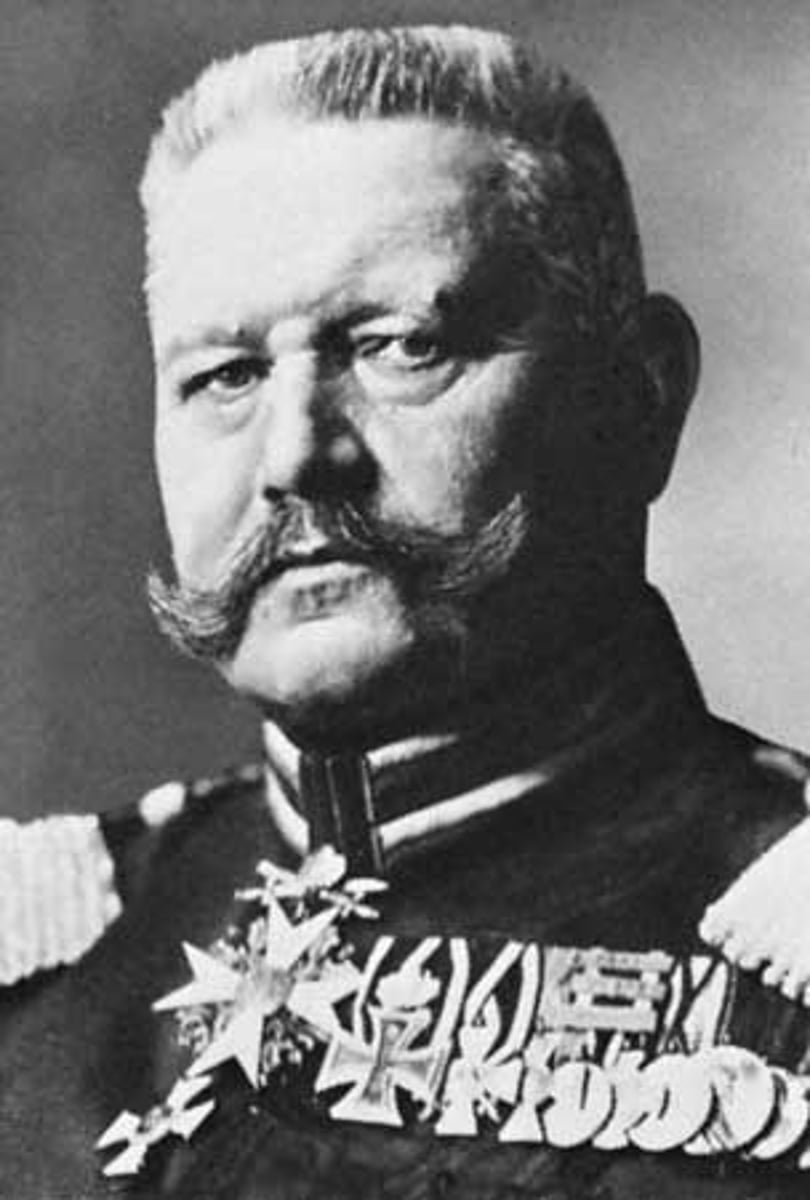MOVE TO GLOBAL WAR: Germany
1/24
There's no tags or description
Looks like no tags are added yet.
Name | Mastery | Learn | Test | Matching | Spaced |
|---|
No study sessions yet.
25 Terms
Munich Agreement (Sep 1938)
Pact between Germany, U.K, France, and Italy that allowed Germany to annex the Sudetenland in Czechoslovakia
Liquidation of Czechoslovakia (Mar 1939)
Germany sends troops into the rest of Czechoslovakia and does not receive any militaristic resistance
Polish Corridor / Danzig
Former German territory that connected Poland to the Baltic Sea which was desired by Hitler in March 1939
Pact of Steel (May 1939)
A military agreement between Germany and Italy in which they agreed to cooperate with each other against the Allied Powers
Molotov-Ribbentrop Pact (Aug 1939)
Non-aggression agreement between Germany and the USSR which covered the split of Poland between the two
Germany's Invasion of Poland (Sep 1939)
Attack by Hitler's government into neighboring country causing the start of WWII
Spartacist Uprising & Freikorps (1919-22)
The Spartacists, a group of communist workers who wanted the working classes to run the government, revolted against the Weimar Government. The Weimar employed the Freikorps, who were ex-soldiers who hated communists. Freikorps put down the rebellion.
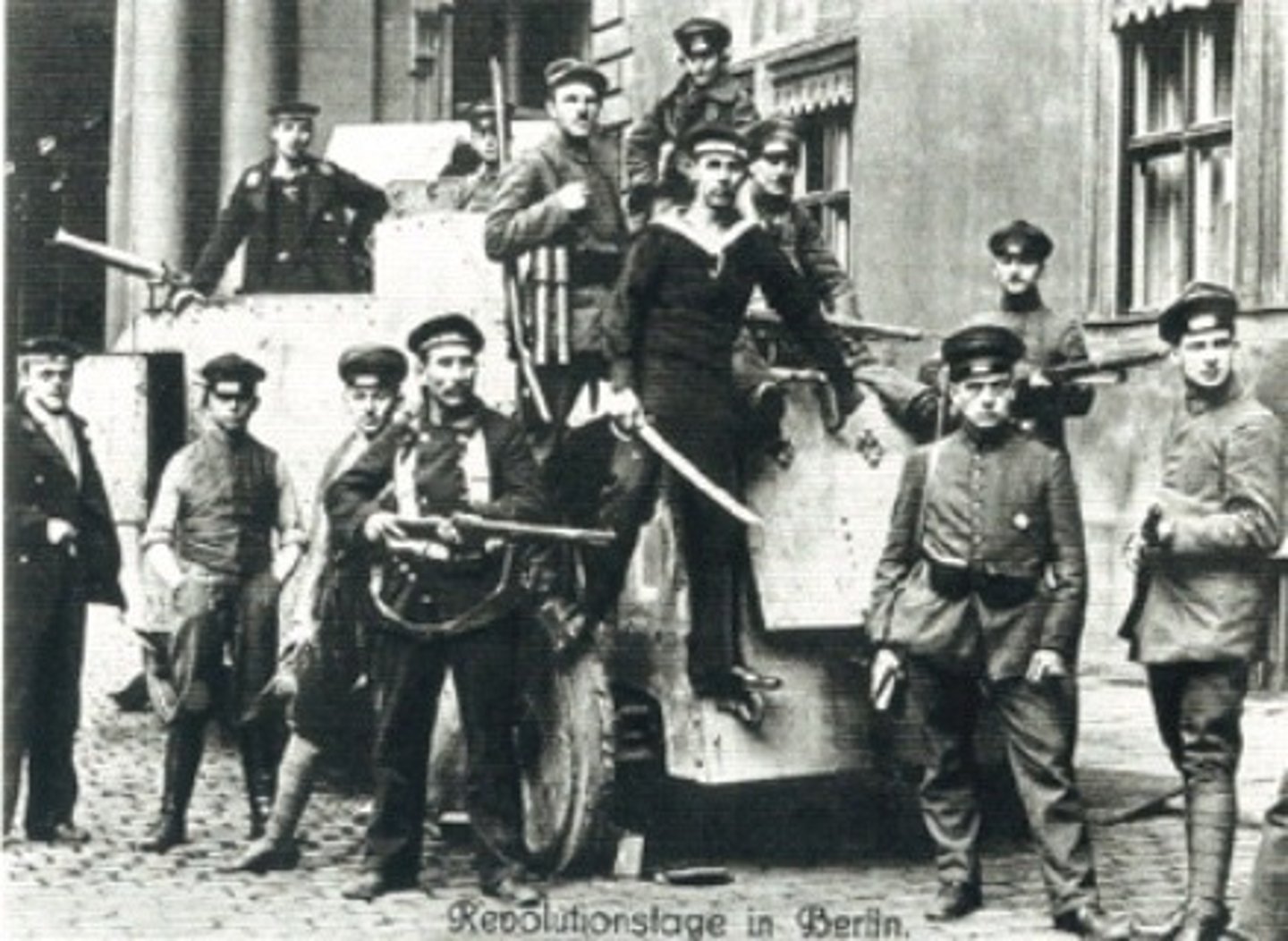
Sturmabteilung (SA)
"Storm Troopers" or "Brownshirts." Group of Nazi followers who intimidated the people of Germany into supporting Hitler. They protected party meetings, marched in Nazi rallies, and physically assaulted political opponents.
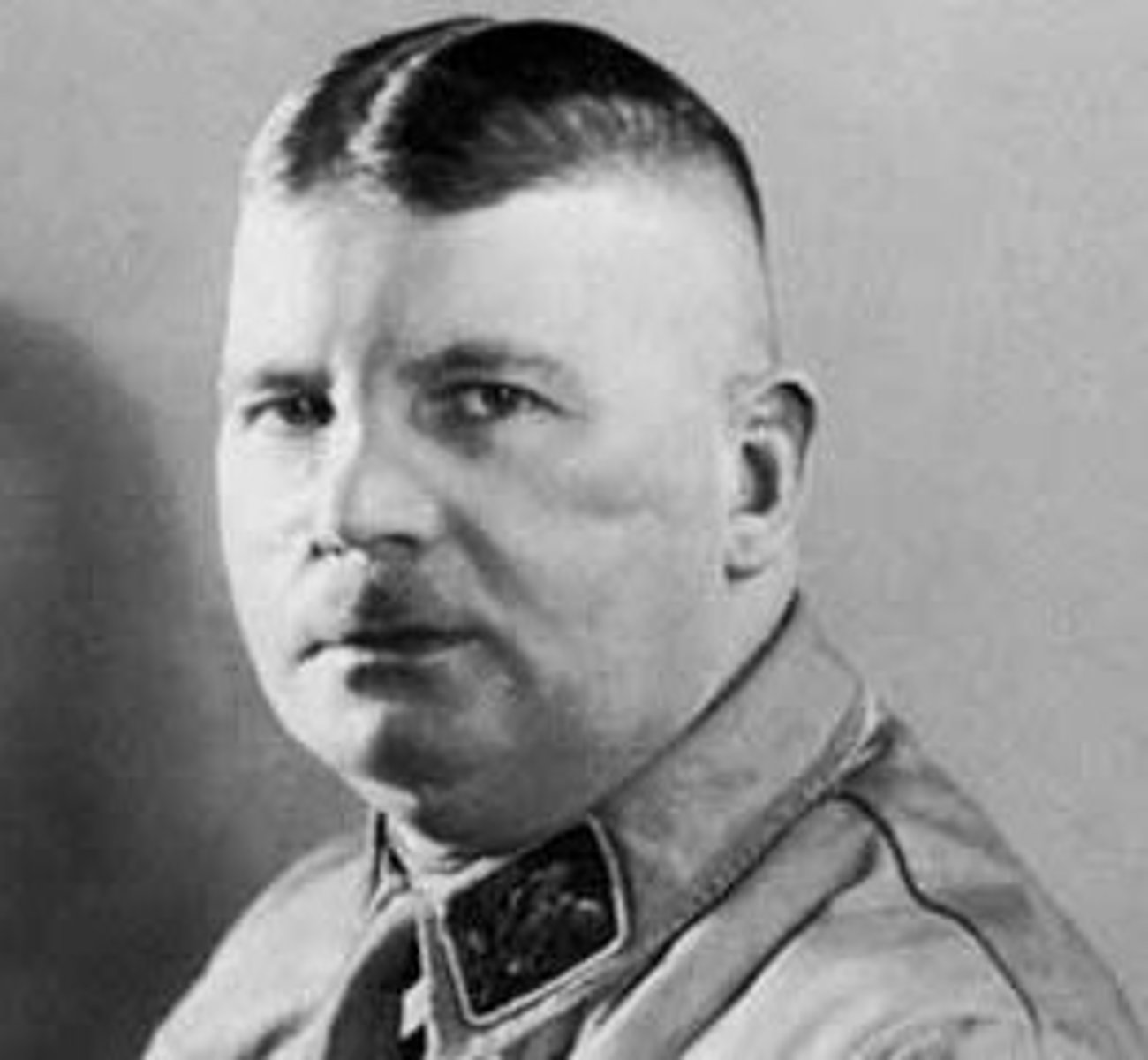
Munich / Beer Hall Putsch (November 1923)
Failed coup d'etat by Hitler on the government in Bavaria, Germany. Hitler was arrested and charged with treason, and wrote his book "Mein Kampf" while in jail. The incident brought immediate attention to Hitler, expanding his status in the German public.
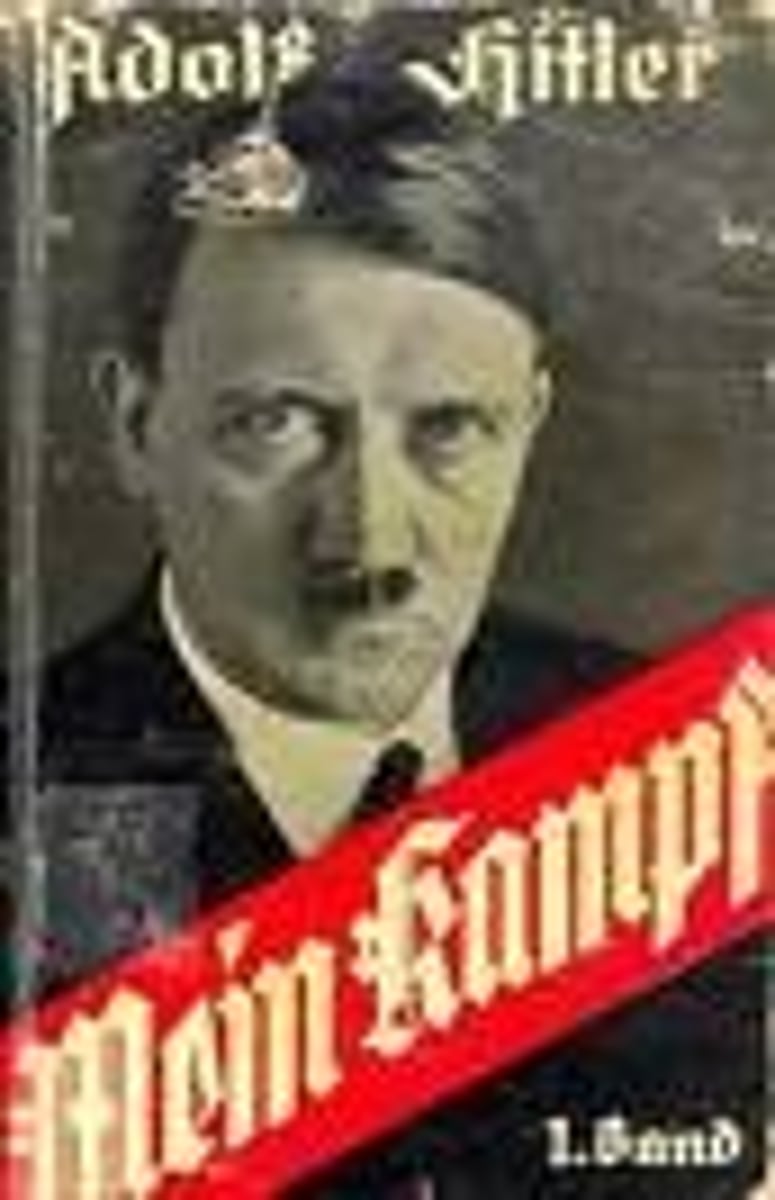
Anti-Comintern Pact (November 1936)
Anti-Communist Pact between Germany and Japan. Other countries such as Italy, Spain, Hungart, etc joined this pact at a later time.
Anchluss (1938)
The result of Nazi Germany annexing Austra.
Sudeten Crisis (Spring 1938)
Germany invaded Czechoslovakia and German citzens inhabited the borders.
Remilitarization of the Rhineland
In March 1936, when German military forces entered the Rhineland, which directly contravened the Treaty of Versailles and the Locarno Treaties.
Spanish Civil War (1936-1939)
From 1936 to 1939, the Spanish Civil War was a war fought between the Nationalists and the Republicans which was caused by the revolt of the Republic government of Spain.
Rome-Berlin Axis
October 1936; close cooperation between Italy and Germany, and soon Japan; resulted from Hitler, who had supported Ethiopia and Italy, he overcame Mussolini's lingering doubts about the Nazis.
Treaty of Versailles (1918)
The peace treaty at the end of World War I. Most of Germany's power was taken away
Disarmament Conference (1933)
a conference geared towards international arms limitation
Hitler left conference in 1933
November 1933- a plebiscite gave Hitler 95% approval over his actions
Non-Aggression Pact with Poland (January 1934)
Mutual military assistance with Poland and Germany
Attempted Coup in Austria (June 1934)
Failed coup where Austrian Nazis attempted to overthrow the Austrian Government.
Saar Plebiscite (1935)
Saar had been under French control since 1918 and now had the option to return to Germany. 91% of voters voted to return to Germany. An organized vote was done fairly through the League of Nations.
Luftwaffe and Herman Goring (1935)
Luftwaffe was German Air force and Herman Goring was Commander-in-Chief.
Hitler Becomes Chancellor (January 1933)
appointed by Hindenburg after getting 35% of vote in 1932 presidential election
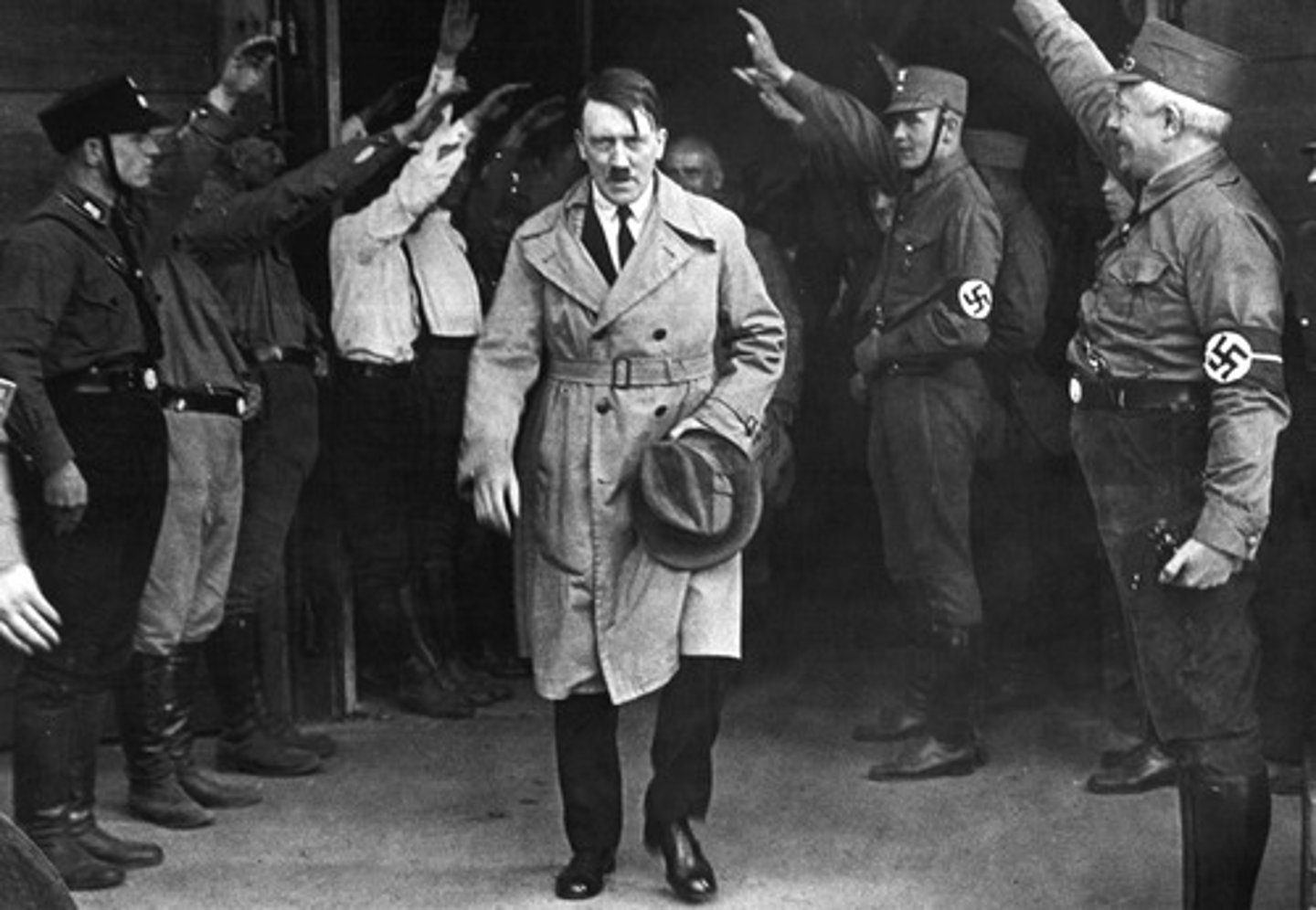
Reichstag Fire (February 1933)
arsonist attack on Reichstag Building (German Parliament); Hitler used to promote anti-communism + Reichstag Fire Decree limiting free speech
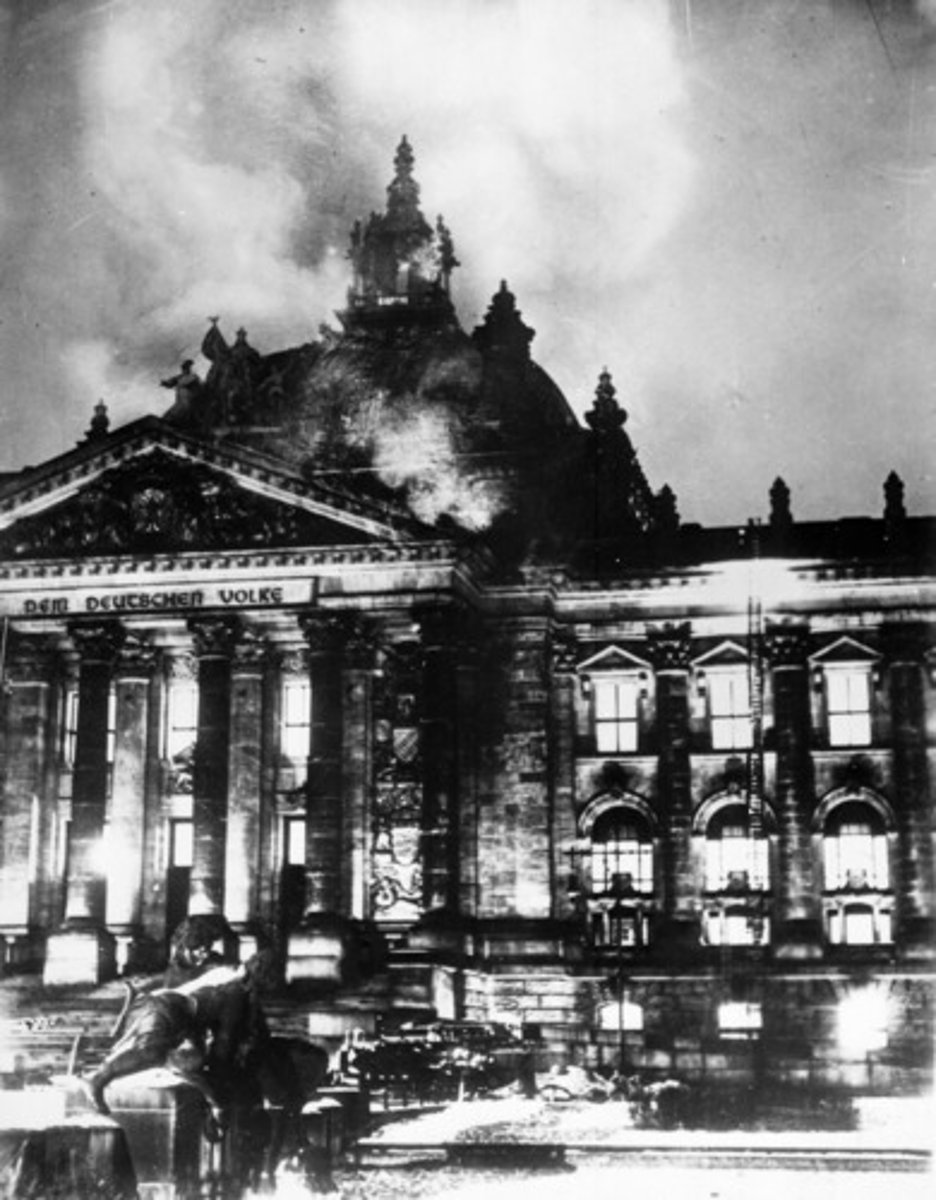
Night of the Long Knives (June 1934)
conflicts with leader of SA led Hitler to assassinate SA leaders and other opponents
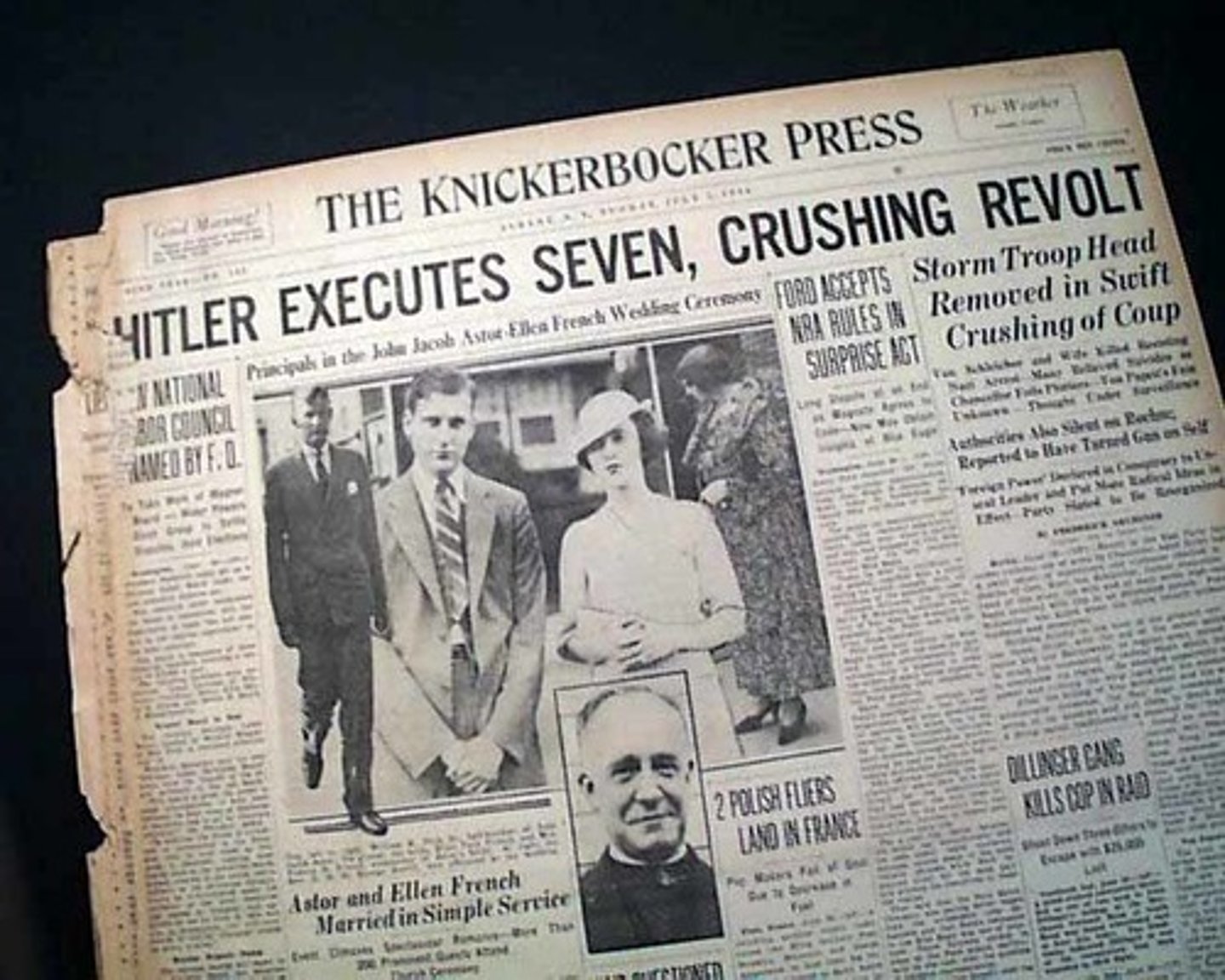
Death of Paul von Hindenburg (August 1934)
allowed Hitler to merge position of Chancellor and President into one- ultimate dictator called Fuhrer
